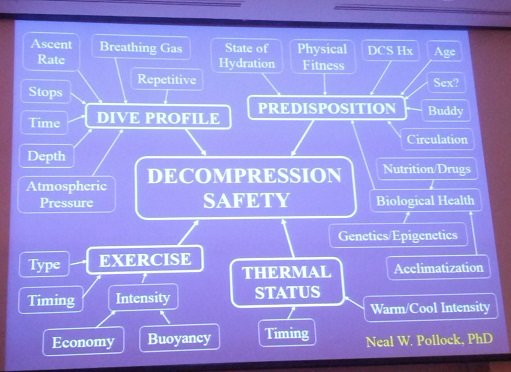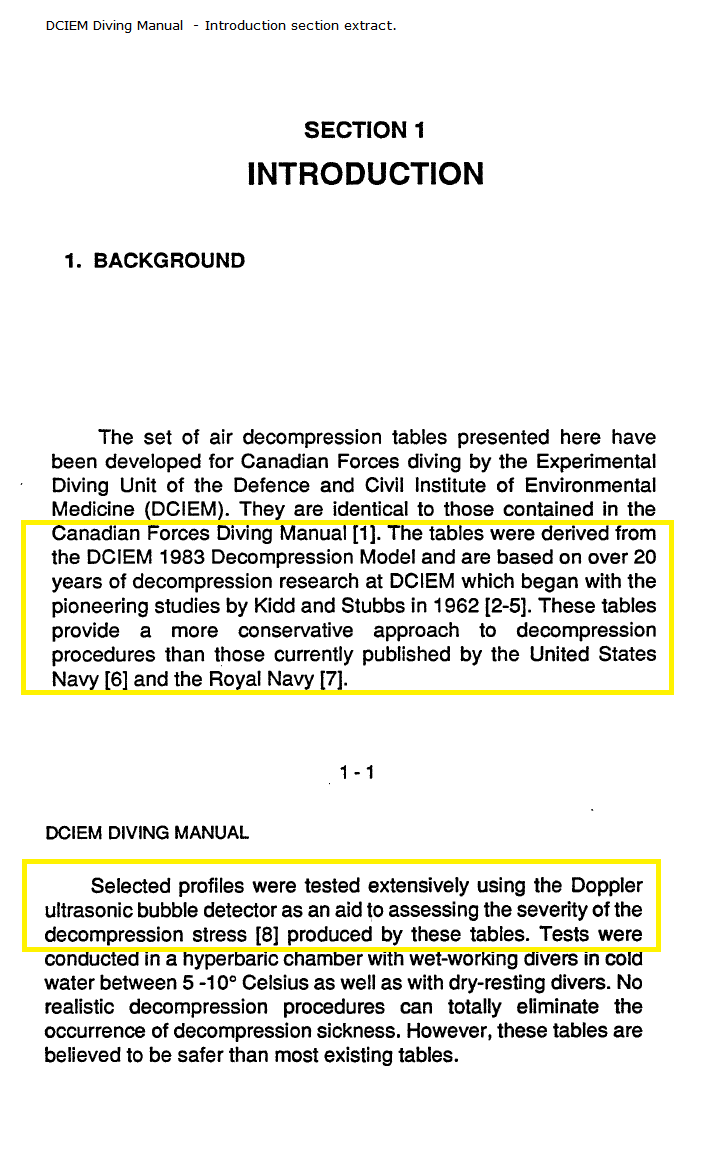But state the problem you are trying to solve now ??
It's NOT high DCS numbers.
I think you are out of touch with the reality of technical diving in the field. We could argue all day about case numbers and what constitutes "high" or "low", but who cares really? You are not a clinician Ross. I am. And I am involved in the management of enough critically injured divers to know that getting your decompression right is incredibly important to those individuals unfortunate enough to be afflicted in that way. And there is a much larger number (many of whom never get into any sort of databases) who suffer more minor events which can impose inconvenience, anxiety, trip disruption and other consequences. Trying to claim that there is no problem to solve is insensitive and disingenuous, especially coming from someone who is defending a product that, based on best current evidence, is probably not the optimal way of avoiding these problems.
The dcs we get today, all comes from issues we can mostly identify. An excess of model derived tissue pressure (profile) stress is not the issue. Tissue pressure (profile) stress is the ONLY thing a deco model can control. So obviously there is no point in trying to fiddle profile stress any more, because it won't solve any issues !
There is overwhelming evidence, largely the subject of debate on this thread, that this is wrong.
Here is a chart of all known causes of DCS. The deco model / program has control of just 2 items (stops/time) in there. Everything else is from some other influence or control of the diver.
The chart is excellent for the purpose to which it was put by its author, but it shows nothing about proportional importance. The only thing on the chart that you MUST have in order to suffer DCS is a dive profile. All of the other things are risk factors or mitigations, some more important than others.







